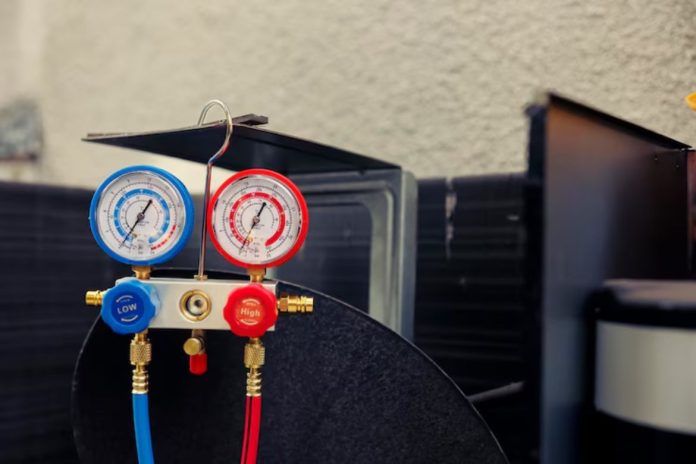Mixing R-410A refrigerant with other types of refrigerants is a dangerous practice that can seriously damage your HVAC system. R-410A, like other refrigerants, is specifically formulated with its own chemical composition to work within a set pressure and temperature range. Combining it with other refrigerants, such as R-22 or R-134a, can cause system malfunctions, such as incorrect pressure levels, inefficient cooling, and costly repairs.
Each refrigerant has unique chemical properties and pressure requirements. When mixed, these differences can create an unsafe operating environment for the HVAC system. For example, the pressure in the system may become too high or too low, causing compressors to overheat or fail. The system’s efficiency is also compromised as the mixture alters the refrigerant’s boiling point and cooling capacity. Moreover, mixing refrigerants may also cause contamination that can clog components or lead to leaks.
If refrigerants are mixed, repairs become more complicated and expensive. Technicians will struggle to identify the exact mixture, making it difficult to fix leaks or recharge the system. Furthermore, mixed refrigerants may form harmful acids that can corrode internal components, shortening the lifespan of the HVAC unit.
To avoid these issues, always use pure R410A refrigerant for systems designed to handle it. If you suspect a refrigerant mix, immediately turn off your HVAC system and call a certified technician. Proper handling and maintenance are essential to ensure that your system runs efficiently and safely.








